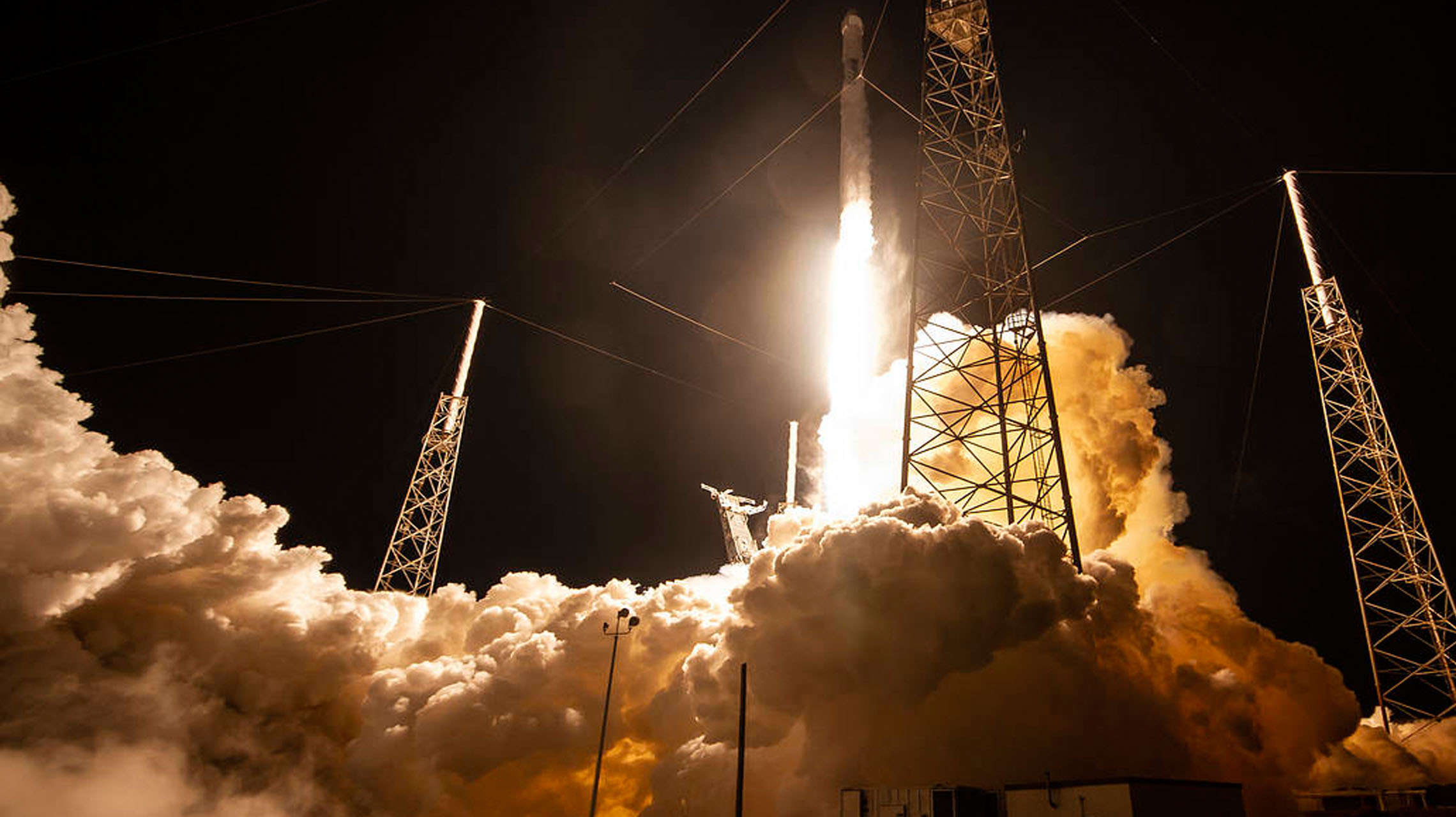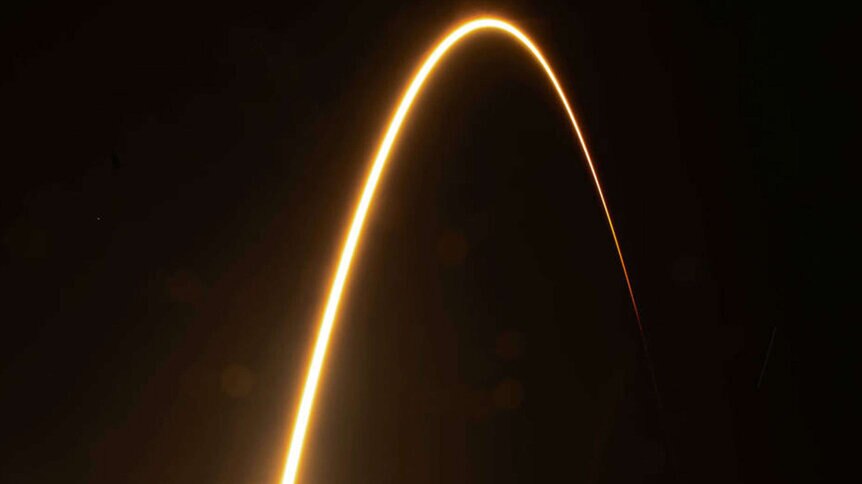Create a free profile to get unlimited access to exclusive videos, sweepstakes, and more!
Supersonic rockets could get limitless boosts in a way that was supposed to be impossible

What if a rocket could blaze through the uncharted skies faster than the speed of sound until time had no meaning, and it still wouldn’t have to refuel?
Kareem Ahmed believes it could happen. The aerospace engineer from UCF is literally making it happen with a method that was once thought to be impossible—continuous detonations that blast off at Mach 5. It still gets more sci-fi. These detonations would keep rotating around the engine for it to keep going on and on and on (there’s a song for that). Such a rocket would also get refueled by hydrogen and oxygen, which the universe has a never ending supply of, so even if it does have to make a pit stop, there will be no other propellant weighing down its payload.
But how was Ahmed, who led a study recently published in Combustion and Flame, able to take something as dangerous as detonation, which devastated Beirut last year, and do the (almost) impossible by making it work in a rocket engine?
“That was actually the challenge,” Ahmed told SYFY WIRE. “Discovering the experimental configuration and flow conditions that generate a stabilized oblique detonation, a phenomenon that has the potential to revolutionize hypersonic propulsion for atmospheric and space flights.”
Since there really is no euphemism for a bomb exploding, detonation can at least be explained in a scientific way that sees beyond destruction and into technology. You only need an explosive substance and enough energy to trigger a massive burst of energy. It is that energy which triggers the breakdown of individual molecules that leads to an explosion, but there is a catch to keeping this phenomenon going on a rocket that might be headed for Mars or deeper into space. Detonations are notoriously erratic. Ahmed and his team had to find a way to make them steady and consistent enough to keep a hypothetical rocket going.
Keeping the rocket alive means feeding the engine with just the right amounts of hydrogen and oxygen. If a rocket lands on the Moon before heading for Mars, lunar water ice can be taken apart into its hydrogen and oxygen constituents through the process of electrolysis. Not only does a detonation engine mean being able to find propellant easily in space, but it takes a load off the payload because you get much more power with minimal fuel. Lighter payloads mean fewer expenses and fuels that don’t rely on harmful chemicals mean fewer emissions. However, getting this to actually work sounds easier than it is.
“The biggest challenge was getting the right mixture and flow conditions to stabilize the detonation,” said Ahmed. “Because detonations are naturally unstable, trying to freeze this explosive reaction in physical space was challenging.”
Cruising along at Mach 5 means a rocket using Ahmed’s engine will be going at 5 times the speed of sound, or bursts of 4,500 to 5,600 miles per hour with each detonation. The reason that this kind of engine had been thought to exist only in scientists’ imaginations was because previous experiments using chemical propellants always crashed and burned in the lab. For a rocket engine that would be able to take that, it would have to be made of copper and brass, which are both tough enough to withstand explosion after explosion.
This could be the answer for future missions to Mars and beyond, manned or unmanned. There will still be obstacles ahead. Getting the amounts of hydrogen and oxygen right already required many exhausting rounds of trial and error, but Ahmed is determined to keep making advances to the tech in the lab so it can really launch into space someday.
“I want to developing the technology for the next level of readiness to operate under various regimes,” he said. “Detonation-based propulsion has the potential to revolutionize the future of rocket propulsion and space vehicles.”
Maybe SpaceX could eventually use this engine for its Starship, so long as Starship doesn't explode again.



























